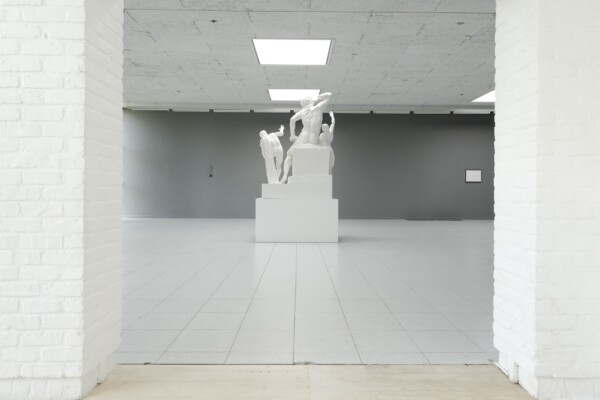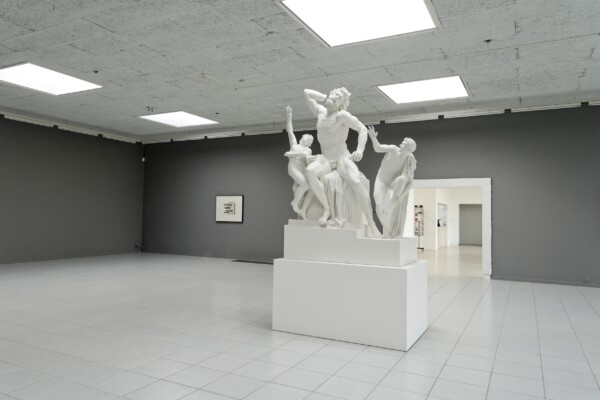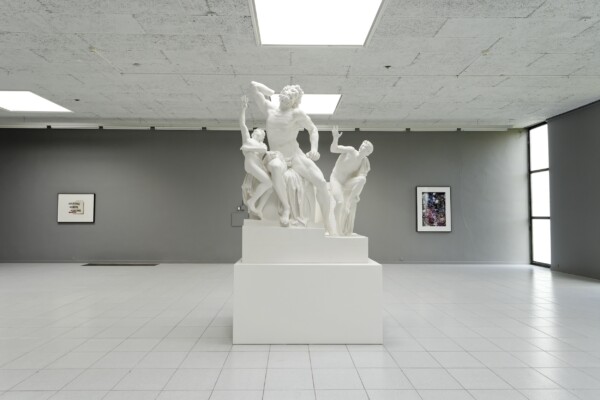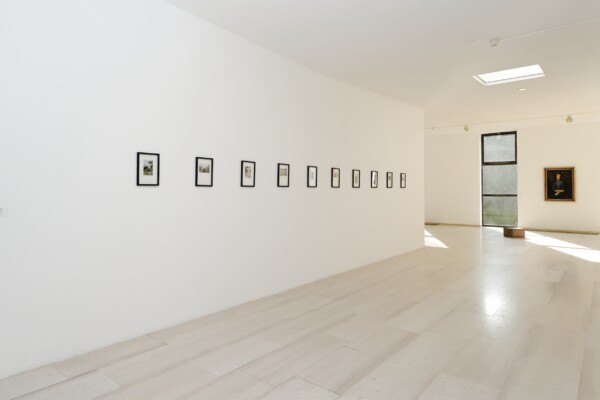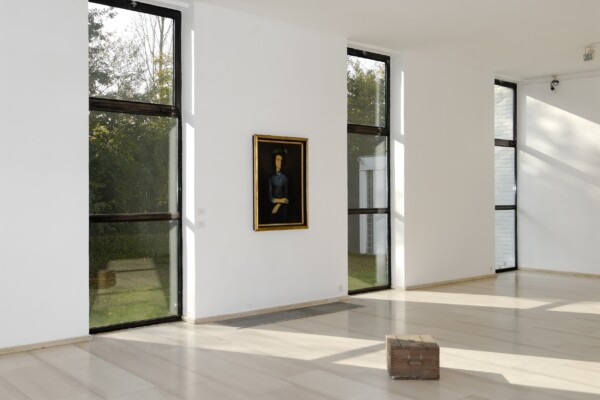Kris Martin
On January 14, 1506, near Rome, the legendary sculpture group of Laocoön was discovered and excavated by an Italian winegrower. The sculpture depicts the Trojan priest and seer Laocoön, along with his two sons. Laocoön, a Trojan Apollo priest in Greek mythology, tried to prevent his fellow citizens from bringing the wooden horse inside the city. In response, the Greek goddess of protection, Athena, sent two gigantic serpents that strangled him and his two sons. The late-Hellenistic sculpture, likely created around 40 BC, was installed in the Vatican Museum after its discovery. In the sixteenth century, there was much debate about the missing elements of the sculpture, such as Laocoön's right arm. A competition among artists was even organized to complete the sculpture by recreating the missing parts.
Five hundred years after the discovery of the sculpture, Kris Martin created a life-sized replica of the Laocoön group, titled Mandi VIII. However, he left out an important detail: the two serpents attacking the three figures are no longer present. What remains are the tormented bodies, expressing fear, pain, and courageous resistance. While artists five hundred years ago had to use their knowledge and imagination to recreate the missing elements, Kris Martin, through this disappearing act, creates the freedom to reinterpret the sculpture and imbue it with new meaning. Mandi VIII is thus no longer tied to a specific time and anecdotal event but becomes a timeless monument of imagination.
A series of works, realized since 2002, share the same title Mandi, a Friulian expression for ‘Goodbye’ (Friulian is a language spoken in Northeast Italy). Mandi is a contraction of the words ‘mano’ (hand) and ‘dio’ (god), meaning ‘stay in the hands of God.’ It emphasizes the sacred atmosphere that Kris Martin’s works generate, giving notions such as time, chance, memory, and transience a deeper dimension.
Kris Martin’s work revisits certain art traditions from the twentieth century, such as the readymade (elevating a found object to a work of art) and conceptual art (elevating an idea to the artwork itself), infusing them with irony, poetry, symbolism, and beauty. The convergence of the artist and the artwork is frequently depicted by Kris Martin through clever self-portraits. A self-chosen pseudonym of the artist is “Idiot”, named after the protagonist Ljev Mysjkin from Fyodor Dostoevsky's novel The Idiot. Kris Martin likes to identify himself as a naive but optimistic artist.
For his exhibition project at MDD, Kris Martin brings together works that may seem, in terms of meaning and creative process, initially far apart. However, the exhibition encapsulates his very personal way of thinking and working. Simultaneously, he creates a poetic atmosphere through the tension that arises between the various works.
